Starting a weight loss journey is challenging. Check out what are the noob mistakes that you make after beginning a weight loss program.
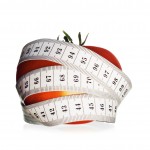 When you start thinking about weight loss while being overweight, you start with an idea in your head about weight loss. You believe that you know exactly what you need to do in order to achieve weight loss. You believe your only problem is starting and sticking to a weight loss program.
When you start thinking about weight loss while being overweight, you start with an idea in your head about weight loss. You believe that you know exactly what you need to do in order to achieve weight loss. You believe your only problem is starting and sticking to a weight loss program.
So what are the myths that every noob believes at the start of their weight loss program?
Myth #1:
I have to do an hour or more cardio per day for helping my weight loss
Noobs believe that doing hours cardio will burn off that extra pizza slice they had for snack. If you still believe that you can burn off extra calories you’ve eaten, you’re wrong. Here, let me prove this by giving you an example of how many calories you burn with cardio and how many pizza slices you’ve burned off*:
| Exercise type | Calories burned/hour | Pizza slice burned off |
|---|---|---|
| yoga | 148 kcal | 50% of a pizza slice |
| pilates | 148 kcal | 50% of a pizza slice |
| walking | 177 kcal | 60% of a pizza slice |
| belly dancing | 266 kcal | 93% of a pizza slice |
| aerobics | 384 kcal | 134% of a pizza slice |
| spinning | 413 kcal | 145% of a pizza slice |
| swimming | 413 kcal | 145% of a pizza slice |
| running | 472 kcal | 166% of a pizza slice |
| zumba | 519 kcal | 182% of a pizza slice |
| elliptical trainer | 531 kcal | 186% of a pizza slice |
* used MyFitnessPal’s calculator based on: a pizza slice has 285 kcal, a person has 59kg/130pounds.
So basically you can see that doing belly dancing for an hour will burn off that pizza slice that you had for a snack, but it won’t make you lose weight. Doing hours of cardio won’t help your weight loss.
Don’t get me wrong, cardio is beneficial for you because it can help you build endurance. It has many other benefits as well, as it can stronger your heart and lungs, reduce stress, make you feel more energized, help you increase bone density, reduce the risk of heart attack, make you sleep better and so on.
But relying solely on cardio for weight loss is naive.
Here comes the second myth:
Myth #2:
I must exercise to lose weight.
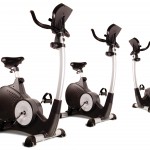
This is a lie. In reality: weight loss is only 20% gym and 80% kitchen. It means that you can lose weight by changing eating habits, you won’t need to step into a gym at all. However, everyone knows that exercising has many health benefits, so it is always a good idea to exercise. I am the spokesperson of healthy eating, but if your single goal is weight loss, you can always achieve it by eating less calories than you are currently eating.
I am not a fan of different crash-diets, detoxes, cleanses, but these also work for weight loss (even if they are unhealthy and bad for you in the long run) because the require you to eat at a caloric deficit.
You don’t see fat kids starving in Africa. So chances are, if you are twice as heavy as your healthy weight, then you are eating for 2 people. No matter how much you exercise, you can’t outrun your bad diet.
Myth #3:
Doing a bunch of ab exercises will give me defined six pack abs
No amount of ab exercises will give you great six pack abs. I learned this lesson by doing tons of ab exercises daily to loose my belly fat. It was successful until a point, where I could not lose the leftover belly fat from my bottom half no matter how hard I tried.
I had abs of steel, but they were invisible under that layer of body fat. So I seriously considered the truthfulness of the following statement:
Abs are formed in the gym but revealed at the kitchen. [Tweet this!]

So I’ve tweaked my nutrition, and bamm, visible abs! I considered myself a fool for not making the connection between body fat and visible abs, as well as for not thinking about the importance of nutrition as a component of having abs of steel.
Once I made a mistake of telling the girls at my Zumba Fitness Core class that they won’t get abs of steel by attending these classes once a week, but they looked at me in disbelief, like I was crazy.
Sure, they will strengthen their core and sculpt their abs, but they are expecting flat tummies and six pack abs at the end of the 4th week. Well, reality check: if you keep eating that pizza slice for breakfast every morning, no abs of steel for you lady.
So remember: in order to lose weight, start eating healthy, pick up healthy habits such as regular exercise. You’ll lose that fat in a healthy way for good!
Want more of my “no more bullsh!t” advice? Click here to receive weekly updates>>>
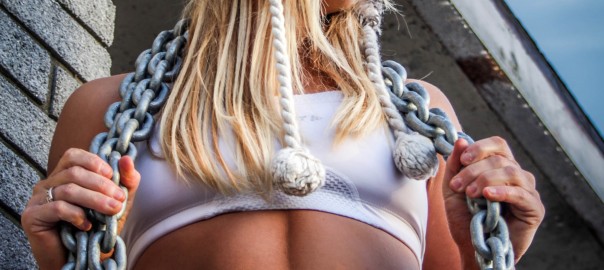

 I was excited just as you are for getting a fitness tracker for Christmas. A smart wearable was the big thing I thought I was missing in order to level up with my healthy living. But getting a wearable fitness tracker hadn’t affected my workout routine in any way. Trendy fitness trackers are made for lazy couch potatoes, not for people who work out regularly and already live a healthy lifestyle. In order to track your workout routine at the gym you will need a special fitness tracker that is not among the trendy ones currently on the market.
I was excited just as you are for getting a fitness tracker for Christmas. A smart wearable was the big thing I thought I was missing in order to level up with my healthy living. But getting a wearable fitness tracker hadn’t affected my workout routine in any way. Trendy fitness trackers are made for lazy couch potatoes, not for people who work out regularly and already live a healthy lifestyle. In order to track your workout routine at the gym you will need a special fitness tracker that is not among the trendy ones currently on the market.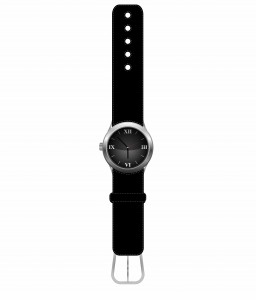 Researched online different wearables and fitness trackers, and I’ve read tons of reviews each of the wearable. Different wearables have different functions that seem awesome at first:
Researched online different wearables and fitness trackers, and I’ve read tons of reviews each of the wearable. Different wearables have different functions that seem awesome at first: 
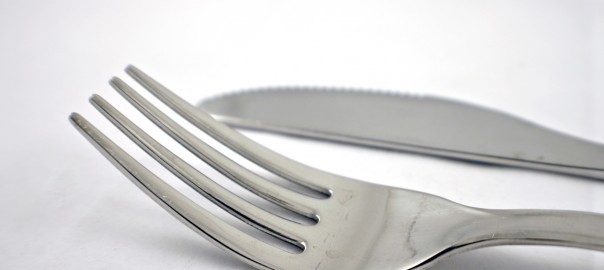
 Imagine this scenario: family gathering, family members sitting around the table stuffed with food, eating. Then suddenly grandma turns to you and says:
Imagine this scenario: family gathering, family members sitting around the table stuffed with food, eating. Then suddenly grandma turns to you and says:

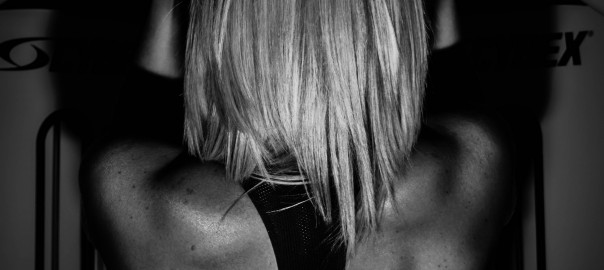
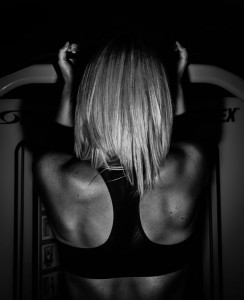 Remember how I’ve had problems
Remember how I’ve had problems  As it feels awesome to be able to carry my own groceries, it feels strange to look in the mirror at the gym to see muscles on my body where there used to be fat. Don’t get me wrong, I don’t have manly muscles, because a woman can’t just get muscular like that with no additional work. I have nice, visible muscles, that give my whole fit body a more feminine look. I look like a girl-beast only when I flex my muscles (joking). My tummy is flat and my abs are visible for the first time in my life! So it’s pretty fun to look at my new fit body in the mirror, but yet again I feel like my mind has not caught up to the fit body I have in reality. I see myself in the mirror, I know it’s me, but that fit body that is looking back at me from the mirror surely isn’t my body, because I am not so fit and muscular.
As it feels awesome to be able to carry my own groceries, it feels strange to look in the mirror at the gym to see muscles on my body where there used to be fat. Don’t get me wrong, I don’t have manly muscles, because a woman can’t just get muscular like that with no additional work. I have nice, visible muscles, that give my whole fit body a more feminine look. I look like a girl-beast only when I flex my muscles (joking). My tummy is flat and my abs are visible for the first time in my life! So it’s pretty fun to look at my new fit body in the mirror, but yet again I feel like my mind has not caught up to the fit body I have in reality. I see myself in the mirror, I know it’s me, but that fit body that is looking back at me from the mirror surely isn’t my body, because I am not so fit and muscular.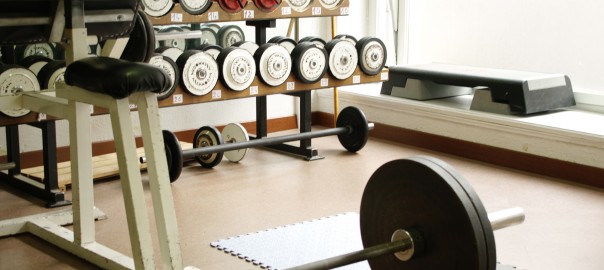
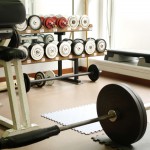


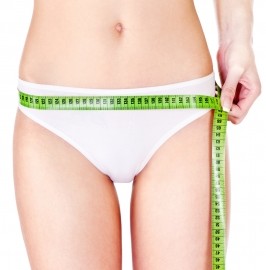


 Coming up with a new year resolution is easy, and if you are anything like me, you’ve come up with tons of resolutions you’d like to make a reality in the new year. That is really nice, but what can guarantee that you’ll stick with your new year resolution in the long run and won’t drop it after a few weeks into the new year? I have the secret to sticking with your new year resolution right here, that I guarantee that will work:
Coming up with a new year resolution is easy, and if you are anything like me, you’ve come up with tons of resolutions you’d like to make a reality in the new year. That is really nice, but what can guarantee that you’ll stick with your new year resolution in the long run and won’t drop it after a few weeks into the new year? I have the secret to sticking with your new year resolution right here, that I guarantee that will work: As a new year resolution, I started last year with a 30 day challenge of eating at least one fruit per day for 30 days. Seems easy, right? Well, it wasn’t! In order to keep up eating a fruit for 30 days, there were several issues I had to address, that I didn’t see coming. It seemed easy on the first week: I ate an orange, apple or a banana every day for 7 days. Then all the fruit I bought started going bad, because I bought a bunch of fruits that I couldn’t eat in a week. I ended up without fruit at the end of the first week. So I had to change my approach and buy smaller quantities of fruit. Then my appetite got better, and ended up eating more than one fruit per day, and again ended up without fruit at the end of the second week. After the 30 days were over, I figured that I like eating fruit, so I made this challenge a healthy habit and continued eating at least one fruit per day. On the next week, I forgot to buy fruit, because it still wasn’t a healthy habit for me to buy fruit during grocery shopping. Every time I had to write down exactly how much fruit I need to buy and which type during grocery shopping. It needed a lot of adjusting in order for me to develop a healthy habit out of my new year resolution. After 90 days into the new year I remember looking back and thinking about how challenging those past 3 months have been. But I stick to it, adjusted, and finally developed a healthy habit of eating one fruit per day. By making it a healthy habit, after a year, I still eat a fruit a day.
As a new year resolution, I started last year with a 30 day challenge of eating at least one fruit per day for 30 days. Seems easy, right? Well, it wasn’t! In order to keep up eating a fruit for 30 days, there were several issues I had to address, that I didn’t see coming. It seemed easy on the first week: I ate an orange, apple or a banana every day for 7 days. Then all the fruit I bought started going bad, because I bought a bunch of fruits that I couldn’t eat in a week. I ended up without fruit at the end of the first week. So I had to change my approach and buy smaller quantities of fruit. Then my appetite got better, and ended up eating more than one fruit per day, and again ended up without fruit at the end of the second week. After the 30 days were over, I figured that I like eating fruit, so I made this challenge a healthy habit and continued eating at least one fruit per day. On the next week, I forgot to buy fruit, because it still wasn’t a healthy habit for me to buy fruit during grocery shopping. Every time I had to write down exactly how much fruit I need to buy and which type during grocery shopping. It needed a lot of adjusting in order for me to develop a healthy habit out of my new year resolution. After 90 days into the new year I remember looking back and thinking about how challenging those past 3 months have been. But I stick to it, adjusted, and finally developed a healthy habit of eating one fruit per day. By making it a healthy habit, after a year, I still eat a fruit a day. Don’t make a new year resolution that is way too much of a challenge and needs you making huge changes in your life. You won’t be able to stick to any drastic measures in the long run. By making an surrealistic new year resolution, you are setting yourself up for failure.
Don’t make a new year resolution that is way too much of a challenge and needs you making huge changes in your life. You won’t be able to stick to any drastic measures in the long run. By making an surrealistic new year resolution, you are setting yourself up for failure.
 Devoting free time to be with family, visiting relatives or preparing for gatherings interrupts the usual workout routine schedule. If you are anything like me, not getting to workout regularly and eating healthy will drive you crazy. Yet it is really hard to get back on track once the winter holiday season is over. How could anyone expect you to not stuff the delicious leftover Christmas cookies into your face and go to the gym instead of curling up with a good book and hot cocoa?
Devoting free time to be with family, visiting relatives or preparing for gatherings interrupts the usual workout routine schedule. If you are anything like me, not getting to workout regularly and eating healthy will drive you crazy. Yet it is really hard to get back on track once the winter holiday season is over. How could anyone expect you to not stuff the delicious leftover Christmas cookies into your face and go to the gym instead of curling up with a good book and hot cocoa? However, when you come to the point of regretting you poor meal choices after the winter holiday season, you will need to start to log your food again. Plus, if you eat the calories to maintain your weight, you won’t get fatter. Or just do what I did, and start eating at a caloric deficit, and lose those excess 5 lbs / 2.5 kg in 2 days.
However, when you come to the point of regretting you poor meal choices after the winter holiday season, you will need to start to log your food again. Plus, if you eat the calories to maintain your weight, you won’t get fatter. Or just do what I did, and start eating at a caloric deficit, and lose those excess 5 lbs / 2.5 kg in 2 days.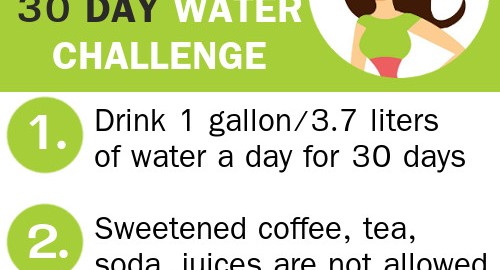


 A lot of you asked about the
A lot of you asked about the  The starting rule is to daily drink 1 gallon/3.7 liters of water for 30 days. If you are anything like me, you have busy and hectic workweek and eventful weekends, and at some point you will just forget to drink enough water.
The starting rule is to daily drink 1 gallon/3.7 liters of water for 30 days. If you are anything like me, you have busy and hectic workweek and eventful weekends, and at some point you will just forget to drink enough water.
![By J. Damhoudère (from Praxis Rerum Criminalium) [Public domain], via Wikimedia Commons Water cure](http://upload.wikimedia.org/wikipedia/commons/7/70/Water_cure.jpg)

 If you want to strictly follow the
If you want to strictly follow the